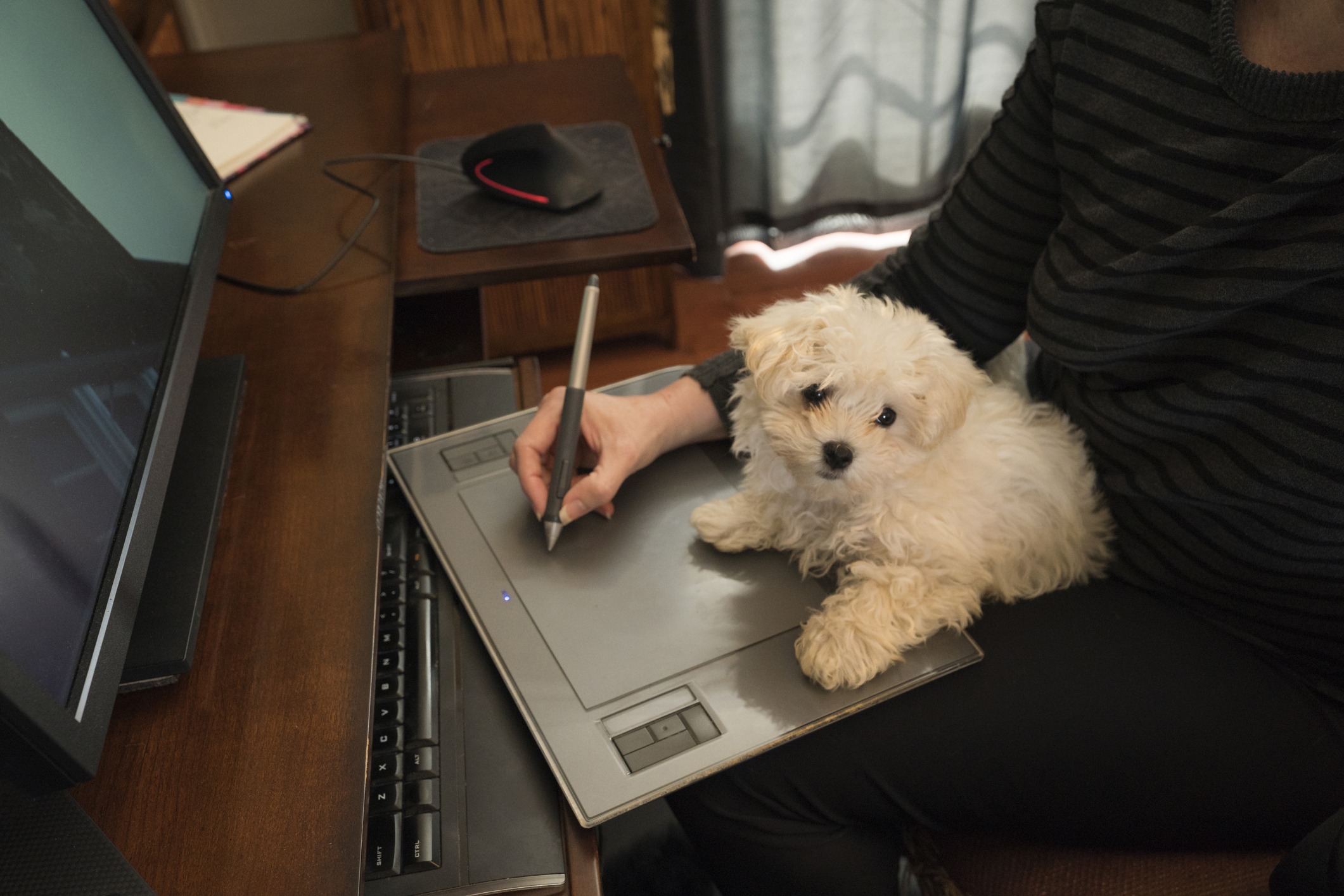GET TO YES: Master the Art of the Virtual Interview
Read the first of our four-part series:

Video calls are an all-day affair for those of us that work-from-home, so many of us are comfortable with communicating via video. You might think you have it down pat – especially if you are of the generation that has communicated via FaceTime forever. Don’t assume casual video conversations or interoffice meetings have prepared you for video interviews.
At Waterman Hurst, we have conducted over one hundred virtual interviews in the past year – we interview candidates for the company, vendors, partners, and we conduct at least 3 mock interviews a week with our leadership clients. We have seen everything!
During a job search, the video call may be your only way to make an impression, so make it good a one – because getting the job offer depends on it. Virtual Interviews can be incredibly revealing to your interviewer – be sure to understand and manage all the messages you are sending.
What your surroundings say about you
When you interview in-person, you don’t have to bring your home (with all the clutter or trappings) to the interview. Video interviews are another story. You interviewer has a window into how you live and sometimes even who you live with. Essentially you are inviting your interviewer into your home.
It is vitally important that your video corner at home looks like a professional office. After all, you most likely need to work from home, at least part time, if you are interviewing via video.
Examine your surroundings. Ask yourself the following questions::
- “Do my surroundings reflect a professional home office?”
- “Will my surroundings promote a successful interview?”
- “Do my surroundings project the correct image to get the job?”
Dos and Don’ts
A video interview is not a TikTok production. Shower curtains and bathroom mirrors should never be visible. Do not conduct your interview from your bathroom. In addition, beds should never be visible – even if they are made! We have seen Director and Partner level candidates and clients make this mistake
- Kitchen appliances and cabinets should not be visible.
- The stereotypical full wall bookcase can be very distracting to your interviewer and you want all the attention on your communications and your qualifications for the role. In addition, pics of your family, pets, degrees, awards and classic literature on the shelves can look overly “staged.”
- Don’t go for the mug shot video with nothing in the video frame but you – a simple piece of art (that is not too busy or offensive) on the wall is perfect. Make sure it isn’t placed to make you look like you have horns or a sprout coming out of your head.
- Ensure there is nothing offensive in your surroundings. For example, don’t have a statue of a naked person within your video frame, even if it is considered “high art.” We have seen it!
- Pay attention to the lighting – make sure it is flattering and not distracting. You do not want to look like you are being questioned by the police or are conducting the interview in the dark. All your facial features should be visible.
- Be careful that whatever you have hung behind you does not reflect your screen or overhead lighting – your interviewer may watch themselves instead of you, and if you have a halo or a flying saucer over your head it can be distracting to the interviewer.
- Do not take video interviews while at work. This gives the impression that you are not focused on the job, which reflects poorly on your work ethic.
- Do not take video interviews on your phone. It could lead the interviewer to question if you will have the right home setup, and may lead them to think you were not correctly prepared for the interview.
- Do not have logos or easy to read announcements or awards from your present company, or even from your favorite volunteer/charitable organization. It places undue emphasis on your present company or your charitable work, which could lead the interviewer to question your commitment to the job you are interviewing for.
- Do not replace your background image with a canned image. . Your interviewer can be distracted by the Everglades, Big Sur or the Taj Mahal – and they may wonder what is behind the “green screen.”
- If your office or home surroundings don’t accurately portray the brand and image you want to project, most video platforms have functions to blur the background during a call. If you blur your background, we suggest sharing with your interviewer why you chose to do so. Be aware that they will judge if blurring the background will be acceptable for your on-the-job meetings if you are hired. Even better, find another location to conduct the interview until you can fix your home environment. Common workspace companies often provide the best setting.
Be aware that your surroundings reflect your level of preparation for the interviews.
If you don’t manage your surroundings, you may give the impression that you are unmotivated, a bad fit, or that you simply don’t have the proper space to work in your home.
Be sure to test your surroundings before an interview. Position yourself in front of the frame, capture an image, and record a short video to ensure that your surroundings are professional, not distracting, and your backdrop projects the image and messages you want to communicate.
Founded in 2001, Waterman Hurst is a professional services company that provides strategic job and board search services to leaders. We serve CEOs, C-Suite executives, Next Level Executives, and Advancing Leaders who want to transform their careers. We are the first company to provide B2C high end, high touch comprehensive job and board search services exclusively to leadership clients – we provide expertise in branding, strategy, coaching and serve as agents for top talent.
